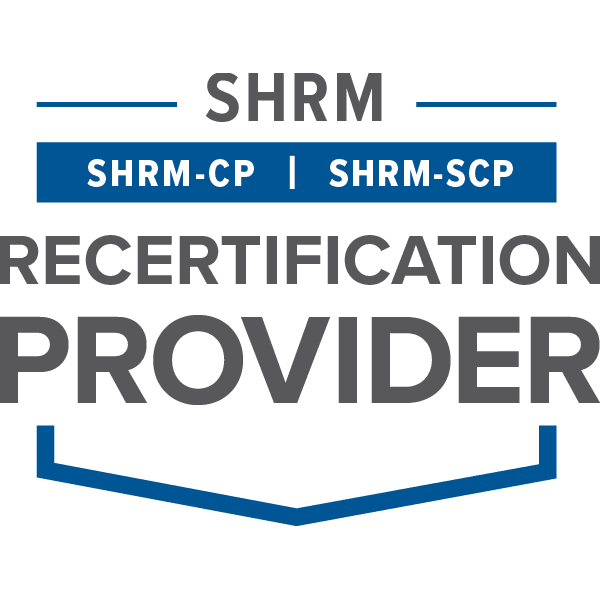School’s out for summer – how does that affect teachers’ ACA status?
When the Affordable Care Act (ACA) rolled into town, a lot of things changed for employers, regardless of their industry. However, there are a few types of employers that are given special rules under the ACA. Educational organizations are one of them.
While employers just wrapped up the third year of ACA reporting, there are still challenges that educational organizations encounter when it comes to tracking employees and offers of health coverage.
If you’re responsible for ACA reporting within a school or other academic organization, you need to be familiar with ACA provisions for educational organizations and apply them for employee reporting, so long as your school qualifies as an applicable large employer (ALE).
Health coverage pre-ACA
To better understand what changed for schools, let’s look back at how health care was offered to education industry employees before the ACA.
In traditional schools with a summer break, teachers are “out of work” for about three months of the year. As the end of the school year neared, school administrations would terminate teachers and rehire them for the next school year. This ultimately ensured that the employees were not covered for insurance because they were not working full-time throughout the year.
Teachers at year-round schools (where they work six weeks and then are off for two weeks on an ongoing basis) faced similar uncertainty when it came to health coverage. Administrations were able to get around offering health plans to teachers and other school employees because of their varying work schedules.
When the ACA was being established, the government realized many educational administrations were not offering year-round health coverage to employees, and made rules to protect them.
What changed for schools under the ACA?
For organizations that qualify as educational, namely schools, ACA requirements are different than other industries due to set breaks that occur throughout a year.
Under the ACA, educational breaks in service are now taken out of the measurement period and don’t factor into determining if employees are ACA full-time. If this rule wasn’t in place, many teachers would not average at least 30 hours of service per week (or 130 hours of service per month), which is required to be considered a full-time employee.
For instance, if a teacher is measured from January through December, but doesn’t work from June through August for summer break, all of those zero working hours per pay period would lower their average at the end of the measurement period. The breaks provision ensures more accurate measurements in accordance with the actual hours worked by school employees.
Hires and rehires
The ACA implemented another regulation that pertains to teachers. For teachers that go on sabbatical or some kind of extended leave, if they’re terminated and then rehired within a 13-week period, they go back to the same status based on their last measurement period with the school.
So, if a full-time teacher is terminated in August due to an extended vacation and rehired on November 1, they’ll continue to be tracked as full-time through the rest of the year. The teacher’s health care coverage would stop during this period, but could pick right back up if rehired during the 13-week period, as long as they were full-time before.
And this regulation works both ways. Schools may decide to terminate all employees at the end of the school year and then rehire them mid-summer for the upcoming school year. If these employees were full-time when terminated, the school can’t rehire them as part-time to get around offering health insurance. Administrations have to rehire staff at the same status, or at least offer them the same coverage they were receiving before being terminated.
How to handle varying teacher schedules
Breaks in service is a complex, but very important, element that can make or break compliance for schools and other academic organizations. It’s also something many ACA compliance solutions don’t take into consideration.
While most breaks in service are consistent across a school district, there are instances where teachers at year-round schools have varying schedules (working during different weeks for various hours per day), which makes it more complicated for reporting. Solutions that can manage breaks in service data, both by individual employee and en mass, is a huge benefit when dealing with any school system.
On top of breaks in service, school employees can have more than one role at different pay rates, and they could work at multiple schools. It’s imperative that administrations have a process in place to track employees with dual pay rates and those working at multiple locations.
As with any compliance requirements, leveraging technology to keep employee data in order will simplify reporting. No matter the employee status, good data collection is only going to help educational organizations in the long run.
Have Questions or Need More Information?
We will get back to you as soon as possible.
Please try again later.


Receive Our Newsletter
We will get back to you as soon as possible.
Please try again later.
Resources
SyncStream Solutions, LLC is recognized by SHRM to offer Professional Development Credits (PDCs) for SHRM-CP® or SHRM-SCP® recertification activities.

Copyright © 2024 SyncStream Solutions, LLC. All Rights Reserved





